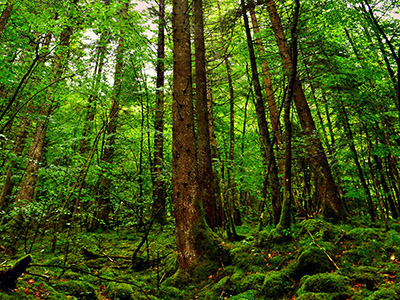Sustainable Forestry
In simpler terms, the concept can be described as the attainment of balance between society's increasing demands for forest products and benefits, and the preservation of forest health and diversity. This balance is critical to the survival of forests, and to the prosperity of forest dependent communities. For forest managers, sustainably managing a particular forest tract means determining, in a tangible way, how to use it today to ensure similar benefits, health and productivity in the future. Forest managers must assess and integrate a wide array of sometimes conflicting factors commercial and non-commercial values, environmental considerations, community needs, even global impact to produce sound forest plans. In most cases, forest managers develop their forest plans in consultation with citizens, businesses, organizations and other interested parties in and around the forest tract being managed. The tools and visualization have been recently evolving for better management practices. The Food and Agriculture Organization of the United Nations, at the request of Member States, developed and launched the Sustainable Forest Management, an online collection of tools, best practices and examples of their application to support countries implementing sustainable forest management. Because forests and societies are in constant flux, the desired outcome of sustainable forest management is not a fixed one. What constitutes a sustainably managed forest will change over time as values held by the public change.

